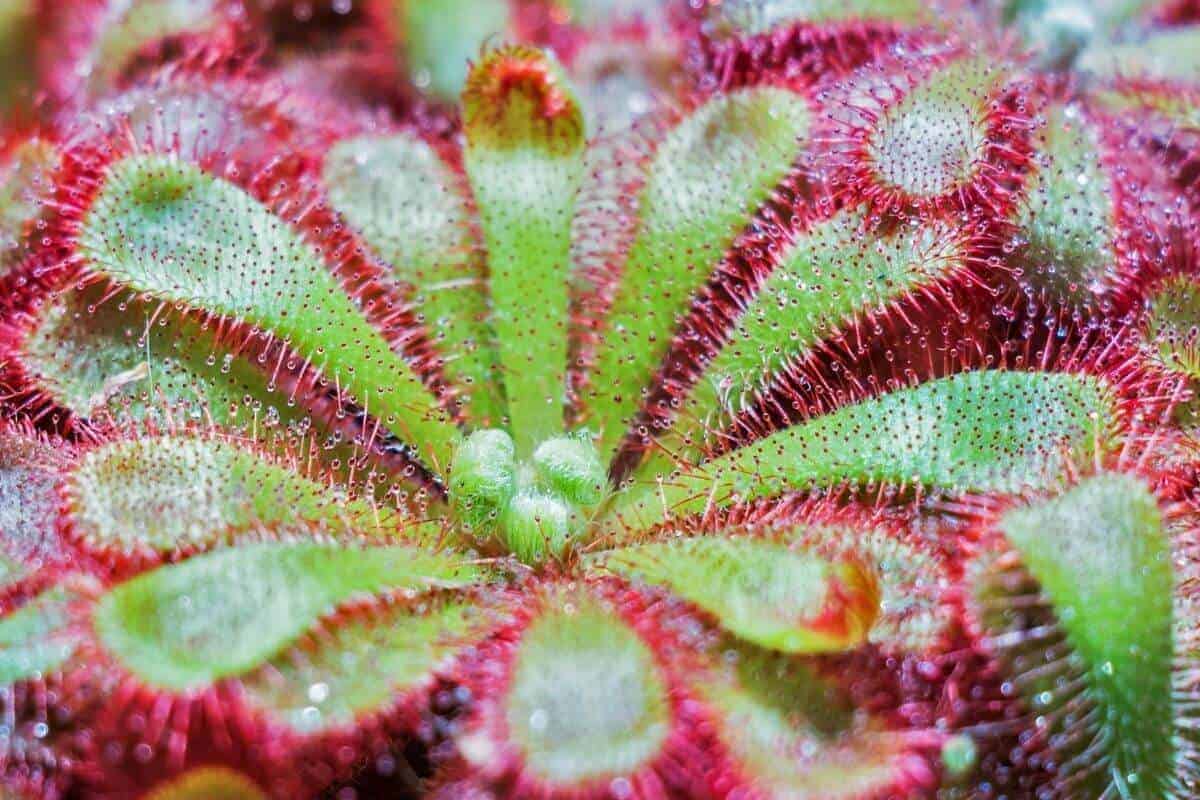
21 Types Of Carnivorous Plants (+ How to Care For Them)
An upper pitcher of Nepenthes lowii, a tropical pitcher plant that supplements its carnivorous diet with tree shrew droppings.. Carnivorous plants are plants that derive some or most of their nutrients from trapping and consuming animals or protozoans, typically insects and other arthropods, and occasionally small mammals and birds.They still generate all of their energy from photosynthesis.
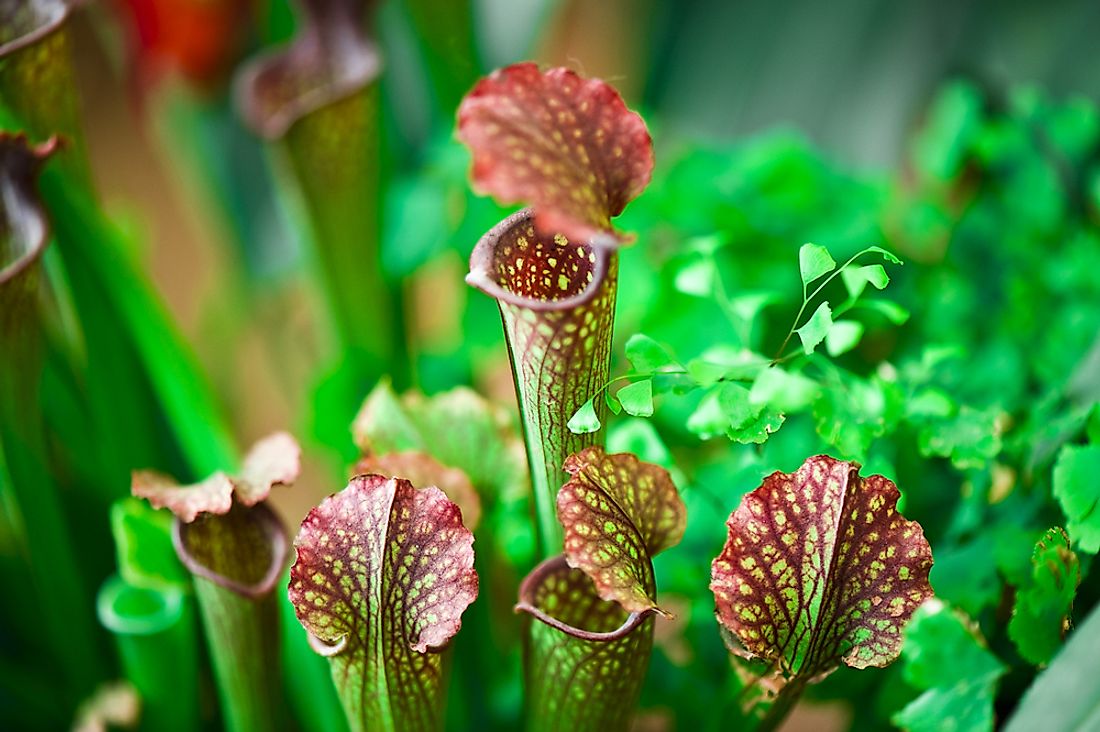
What is a Carnivorous Plant? WorldAtlas
Water. The biggest rule when it comes to carnivorous plant care is to keep them watered. Because they're native to bogs, swamps, and other water-dense areas, they need a lot of water to thrive. You'll want to keep their soil as moist as possible. The tray or saucer method is the easiest way to do this.
Carnivorous Plants Bunnings
The Venus flytrap is perhaps one of the most fascinating of the carnivorous plants, and it's surprisingly easy to grow. The Venus flytrap is a very low-growing herbaceous perennial. That means it dies back in winter, and has unusual leaves. The leaves have two distinct sections - the horizontal leaf and the upright trap on the end.
:max_bytes(150000):strip_icc()/carnivorous-plant-varieties-4159595_hero1-6db73b231ac8428ba192f43b5c27f546.jpg)
13 Pretty Carnivorous Plants That Eat Bugs
There are 54 species of Drosera, or sundew, in Australia. They have extremely sticky hairs on the surface of their leaves, which attract and catch insects. The process of digestion then begins, with some species actually curling the leaf over the insect. The sun sparkles on these little plants in the morning, hence the common name sundew.
Carnivorous Plants Bunnings
A growing number of regional native plant guides are available that highlight the beautiful variety of Virginia's native plants! Each of these full-color guides shown below highlight 100 or so species of flowering perennials, ferns, vines, grasses, shrubs and trees with a photo, description, symbols for light and moisture requirements and wildlife value (butterfly, caterpillar, bird), and.
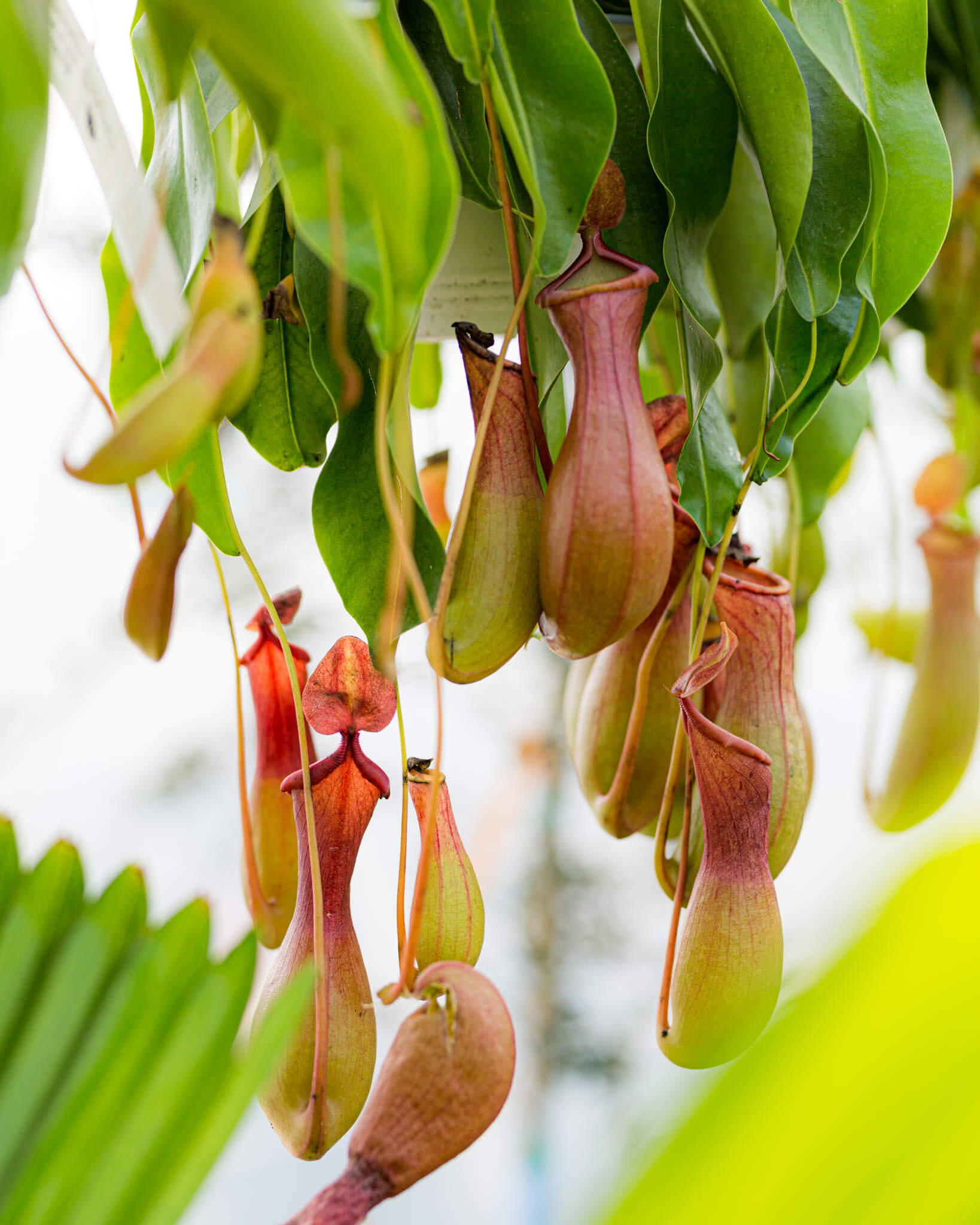
Carnivorous, Pitcher Plant Campbell's Nursery
3. Snap traps: Utilise rapid leaf movements. Snap traps, such as those of the Venus flytrap ( Dionaea muscipula ), use rapid leaf movements to actively capture insects. This actually reminds me of when people use the phrase ' with just a snap of fingers 'indicating an event that happened really fast.
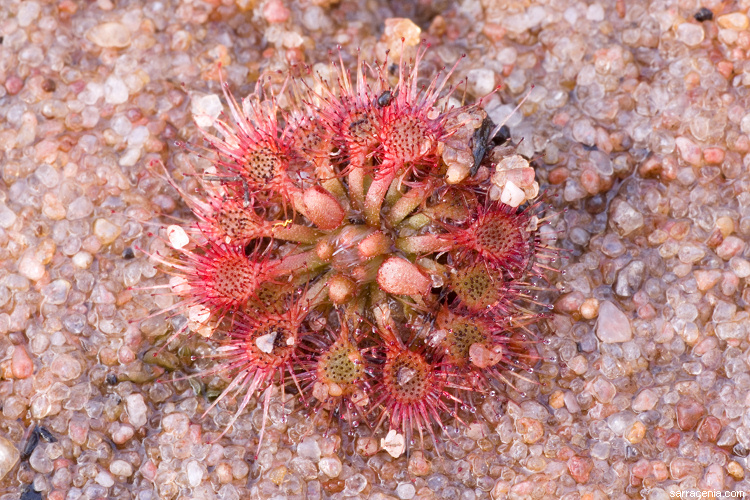
The Carnivorous Plant FAQ About transplanting carnivorous plants
Carnivorous plants can be found on every continent in the world except Antarctica. North America, Southeast Asia, and Australia are home to many species of carnivorous plan. Fun fact. Carnivorous plants don't thrive with competition — they tend to live in areas with nutrient-poor soil where other types of plants do not grow very well.

Carnivorous Plants at Home! Gulley Greenhouse
Garden Plants Plants Water Plants Plant Bulbs Bonsai Climbing Plants Cottage Plants Fern & Shade Plants Flowering Plants Fruit Trees & Plants Ground Cover Plants Grass & Strap Leaf Plants Herbs & Vegetables Indoor Plants & Flowers Palms & Tropical Outdoor Foliage Roses Succulents & Cacti Trees & Shrubs Orchids Sort By All Filters Compare

10 tips for growing carnivorous plants TrendRadars
Joel's Carnivorous Plants sells a spoon leaf sundew in a three-inch pot, available from Amazon. Read more about growing sundew plants here. Venus Flytrap. Arguably the poster child of the carnivorous plant world, the Venus flytrap (Dionaea muscipula) traps flies with pairs of hinged leaves that bear spines along the margins.

Carnivorous Plants Bunnings
Home Growing Guides Growing Guides What are some interesting facts about butterworts? Butterworts, scientifically known as Pinguicula, are a group of carnivorous plants known for their striking appearance and unique trapping mechanisms.

Carnivorous plant garden Carnivorous plants, Carnivorous plants terrarium, Plants
Updated on 10/13/23. The Spruce / Autumn Wood. Carnivorous plants that eat bugs or other small creatures may seem a little alien and sinister, but they evolved this talent as a coping mechanism to help them survive. These plants are often native to bogs, heaths, or swamps—environments that are known for having acidic or nutrient-deficient.

Carnivorous Plant Facts Garden Guides
Gardening Houseplants Caring for Houseplants How to Grow and Care for a Venus Flytrap This carnivorous plant is entertaining to grow, but it requires a little special care. Use these tips to keep your Venus flytrap happy indoors or out. By Deb Wiley and Lynn McAlpine Updated on June 28, 2023 Reviewed by Sylvia Duax In This Article View All

Pitcher Plants A Carnivorous Plant Collection Necps
These amazing carnivorous plants are fun, educational and surprisingly easy to grow. What you need to know about pitcher plants Name: pitcher plant, Sarracenia species. Height: 20cm-1m. Foliage: tall, narrow pitcher-shaped hooded foliage. Climate: best in warm temperate climates. Soil: low-nutrient and waterlogged soil. Position: direct sunlight.

Pitcher Plant Carnivorous Plant by Kaye Menner Pitcher plant, Carnivorous plants, Plants
The Carnivorous Plant Newsletter (CPN) is the official publication of the International Carnivorous Plant Society. CPN is published in March, June, September, and December. Features of CPN include horticultural articles, research papers, field trip reports, conservation news, book and literature reviews, communications from members, cultivar and species descriptions, and meeting announcements.

カテゴリー CRNIVOROUS PLANTS OF AUSTRALIA までの
Carnivorous plants are just plants with a special set of characters that allow them to use animals for food. There is nothing they do that some other plant or plants cannot do. It is the package of traits that define what is carnivorous and what is not. Murderous Plants Many plants kill animals in a body present way.

Carnivorous Plants Bunnings
Getty. 6. Lobster-pot plants (Darlingtonia californica) Named after the pots fisherman use to capture lobsters, the lobster pot is a carnivorous plant that catches prey when it enters the plant's trap, which looks like a lobster pot. The prey is then unable to find its way out, and overlapping hairs within the plants' trap force prey to.